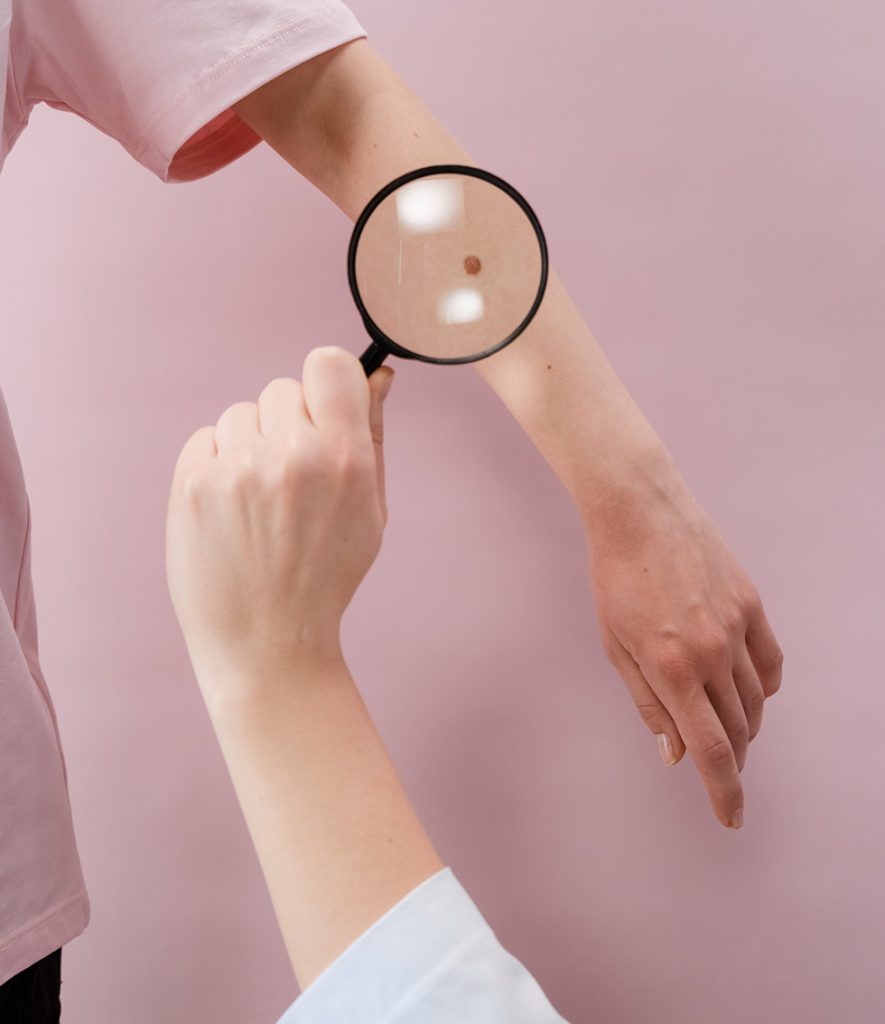Check for the signs of skin cancer to stay proactive about your health.
Check for the signs of skin cancer to stay proactive about your health.
Blog Article
Navigating Skin Cancer Cells Treatment: The Important Role of Mohs in Modern Dermatology Practices
Skin cancer cells, an overwhelming medical diagnosis, frequently leaves people grappling with numerous treatment alternatives. As we explore the complexities of this treatment, one will certainly appreciate its pivotal function in skin cancer cells therapy.
Understanding Skin Cancer: Kinds and Threats
There are 3 primary types of skin cancer cells: Basic cell carcinoma, Squamous cell carcinoma, and Melanoma. It accounts for just concerning 1% of skin cancer cells situations but causes the substantial bulk of skin cancer deaths. Threat aspects include reasonable skin, background of sunburn, too much sunlight exposure, living at high elevations or shut to the equator, having numerous moles, a family background of skin cancer, and weakened immune system.
What Is Mohs Surgery and How It's Revolutionizing Skin Cancer Cells Treatment
Regardless of the countless therapies currently available for skin cancer, Mohs surgery stands out as a groundbreaking and extremely reliable remedy. Called after Frederic E. Mohs, the medical professional that created the treatment, Mohs surgical procedure is a precise surgical technique used to treat skin cancer. This level of precision, combined with the capacity to save as much healthy and balanced cells as feasible, is reinventing skin cancer treatment.
The Advantages of Mohs Surgery Over Traditional Skin Cancer Therapies
Building on the cutting-edge nature of Mohs surgery, it's necessary to consider its numerous benefits over conventional skin cancer cells therapies. Unlike standard procedures, Mohs uses a greater cure rate, commonly getting to 99% for first-time therapies and 94% for reoccurring cancers. In addition, it lessens damage to healthy and balanced skin, leading to much less scarring and boosted cosmetic results.
The Treatment of Mohs Surgery: What to Expect During the Process

Possible Negative Effects and Post-Operative Treatment of Mohs Surgical Procedure
Going through Mohs surgical procedure, like any other medical treatment, involves prospective side results that clients need to know. Typical adverse effects consist of pain, bruising, and swelling at the surgical treatment website. These are typically momentary and convenient with over-the-counter pain medication and ice packs. In rare situations, individuals may experience infection, bleeding, or an allergy to the anesthetic. Post-operative treatment is crucial to healing and minimizing negative effects. This generally includes keeping the wound clean and dry, taking proposed drugs, and staying clear of strenuous activities. Patients should also participate in all follow-up consultations for injury treatment and monitoring. In many cases, extra treatments may be essential to make certain full elimination of the cancerous cells. Complying with these post-operative care standards can substantially boost recuperation and end results.
Verdict

Report this page